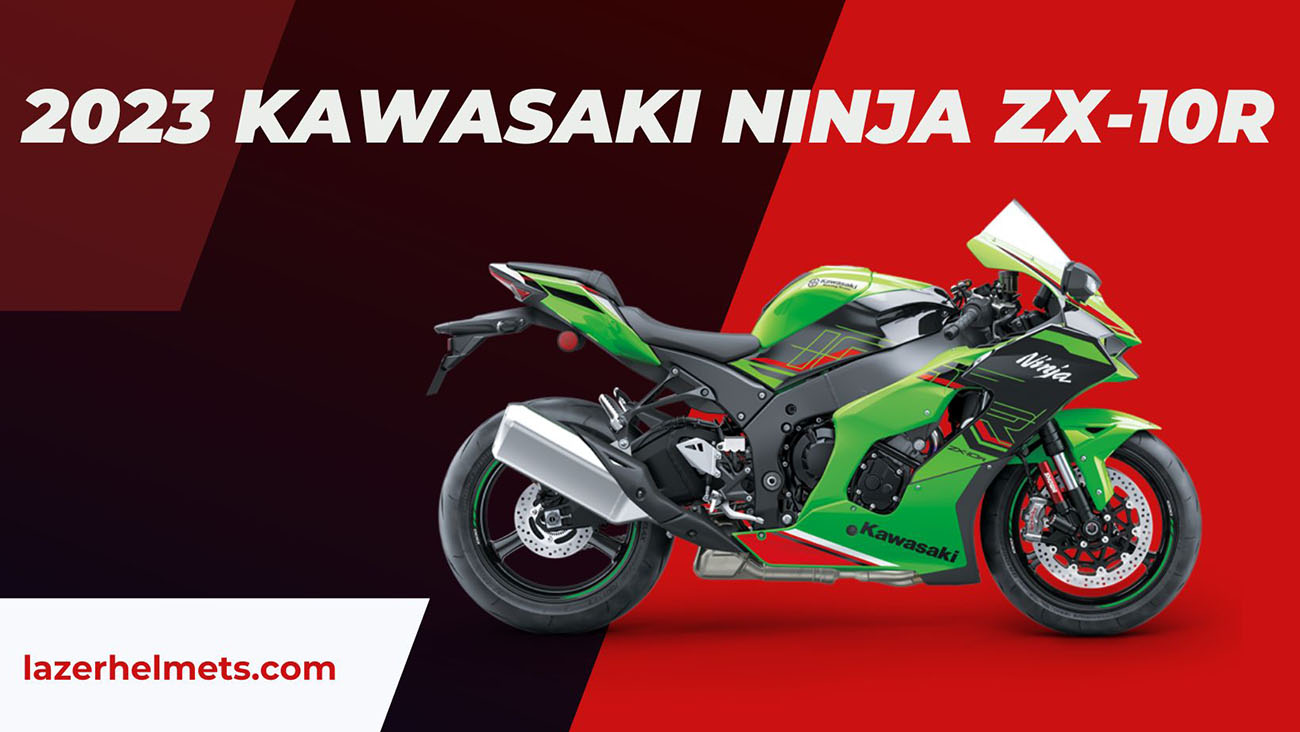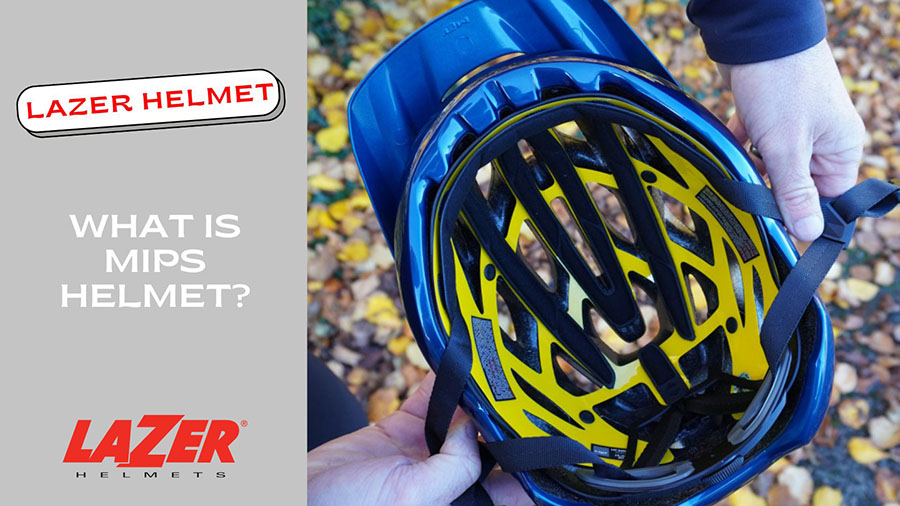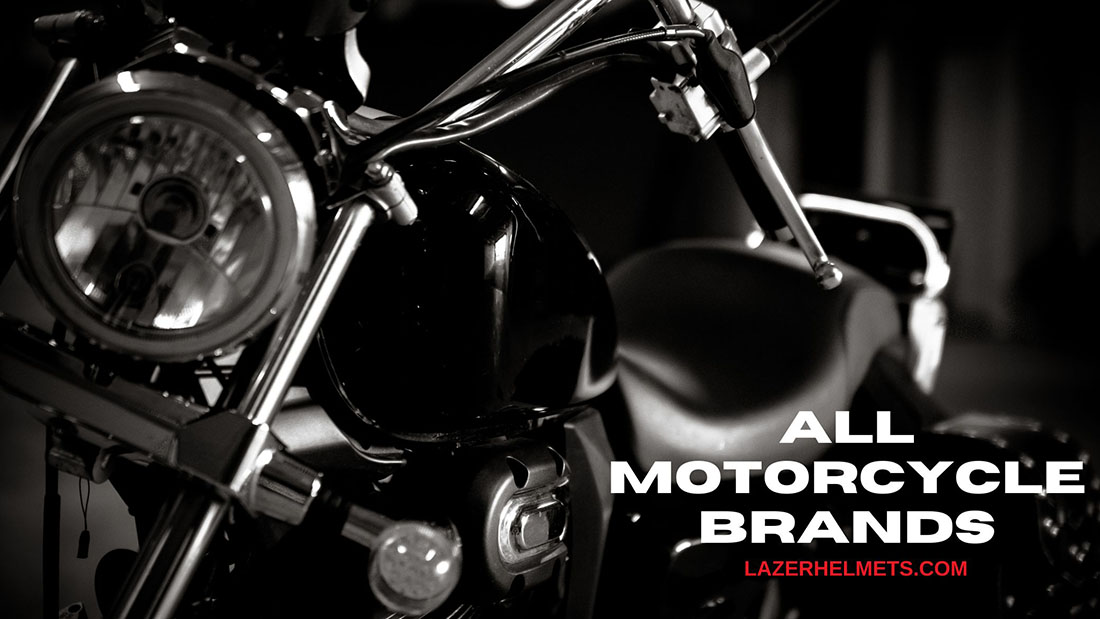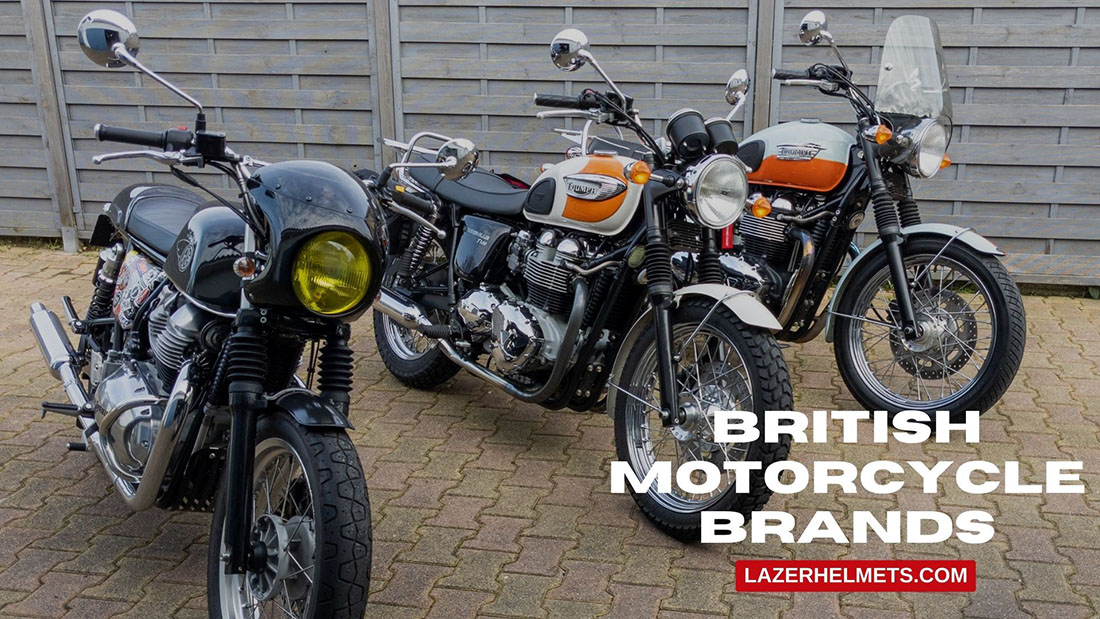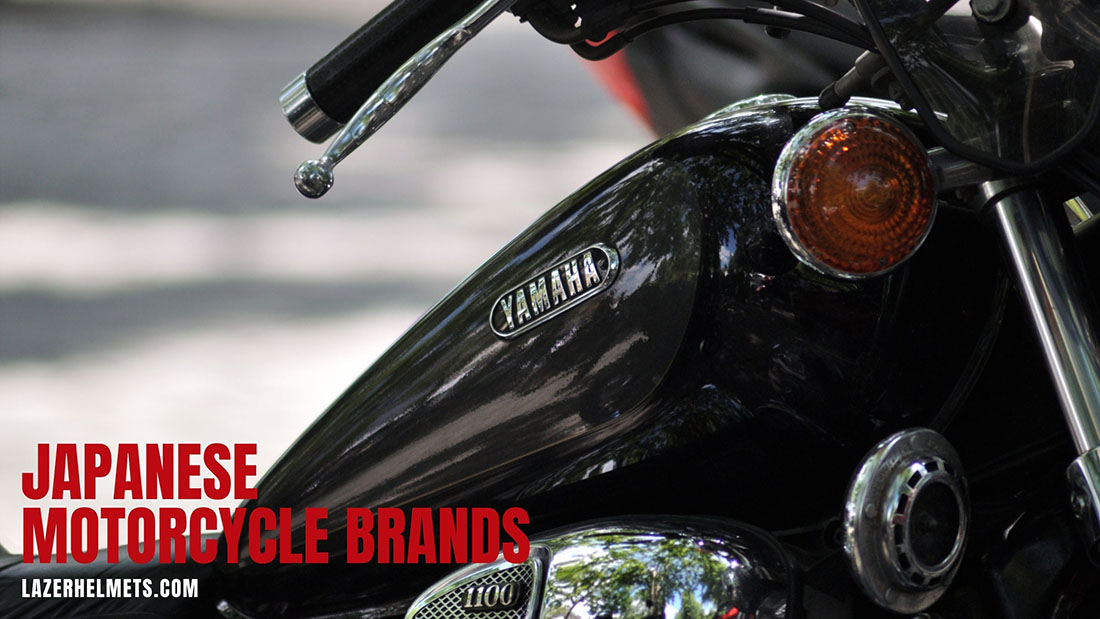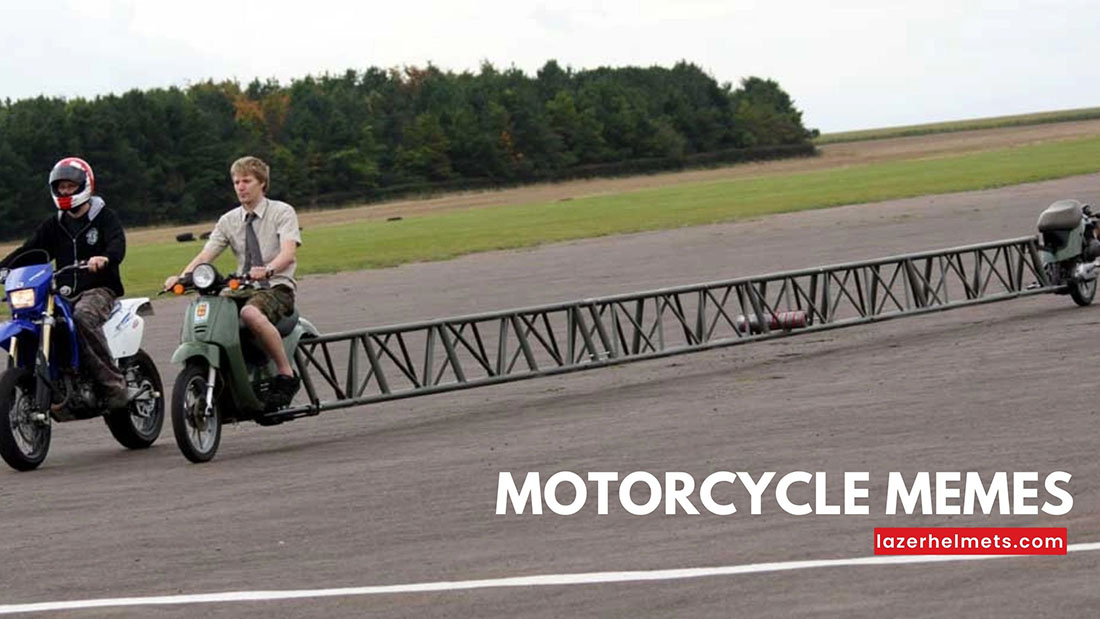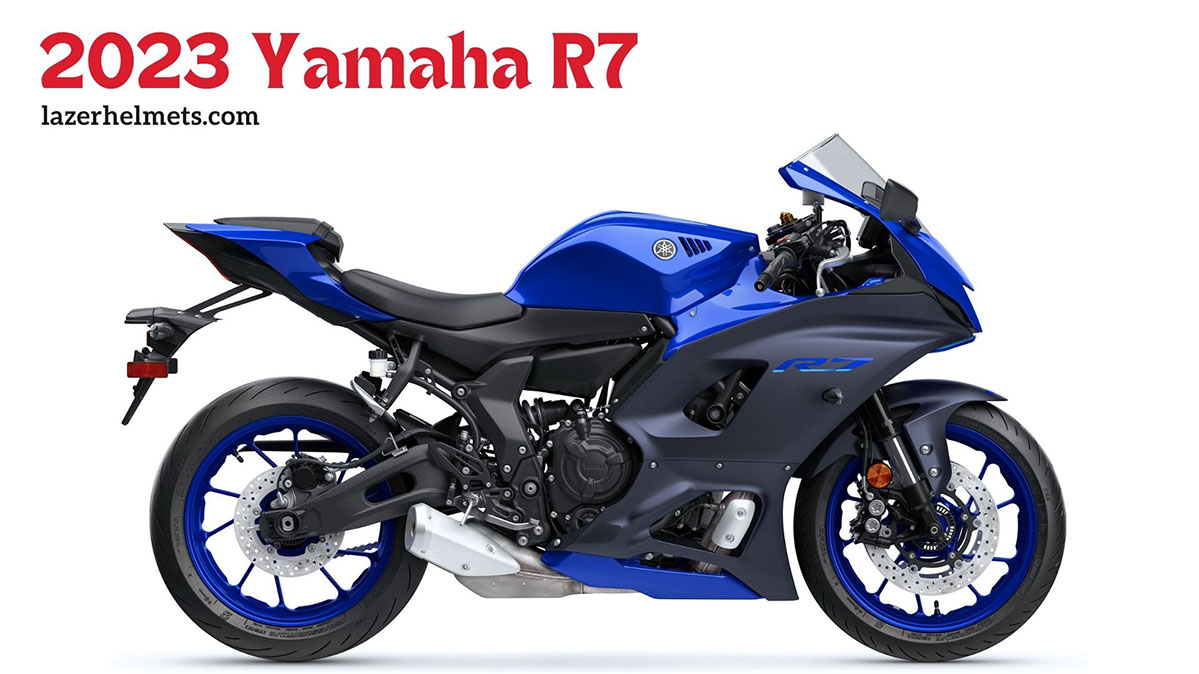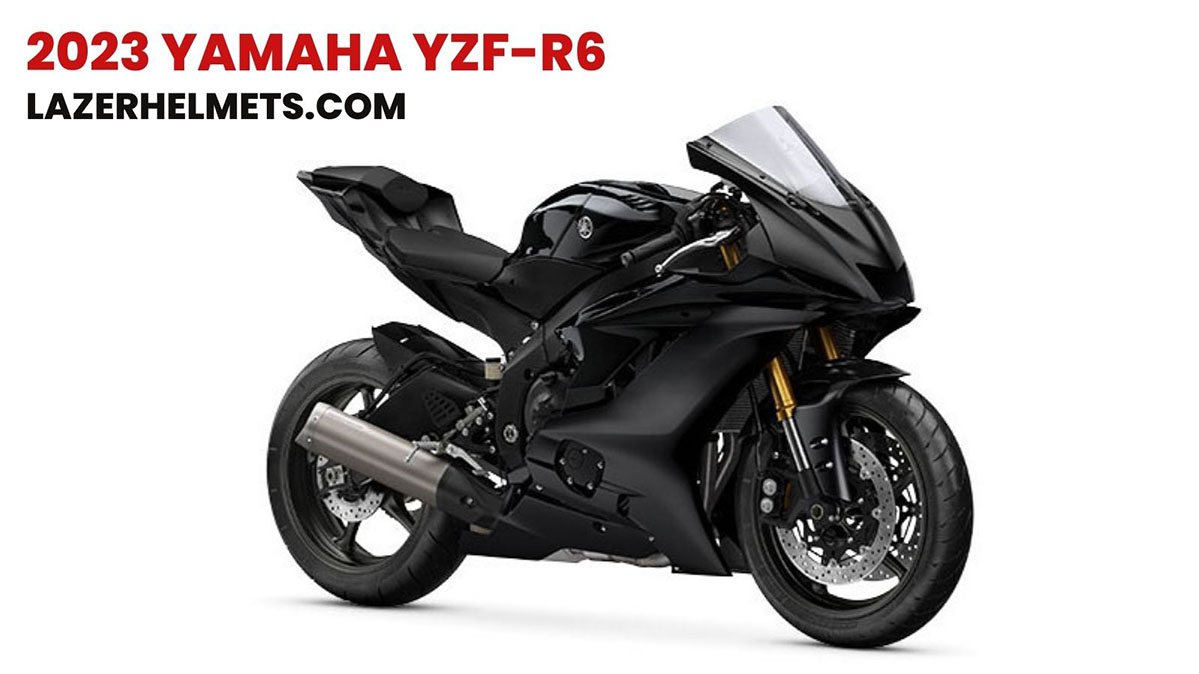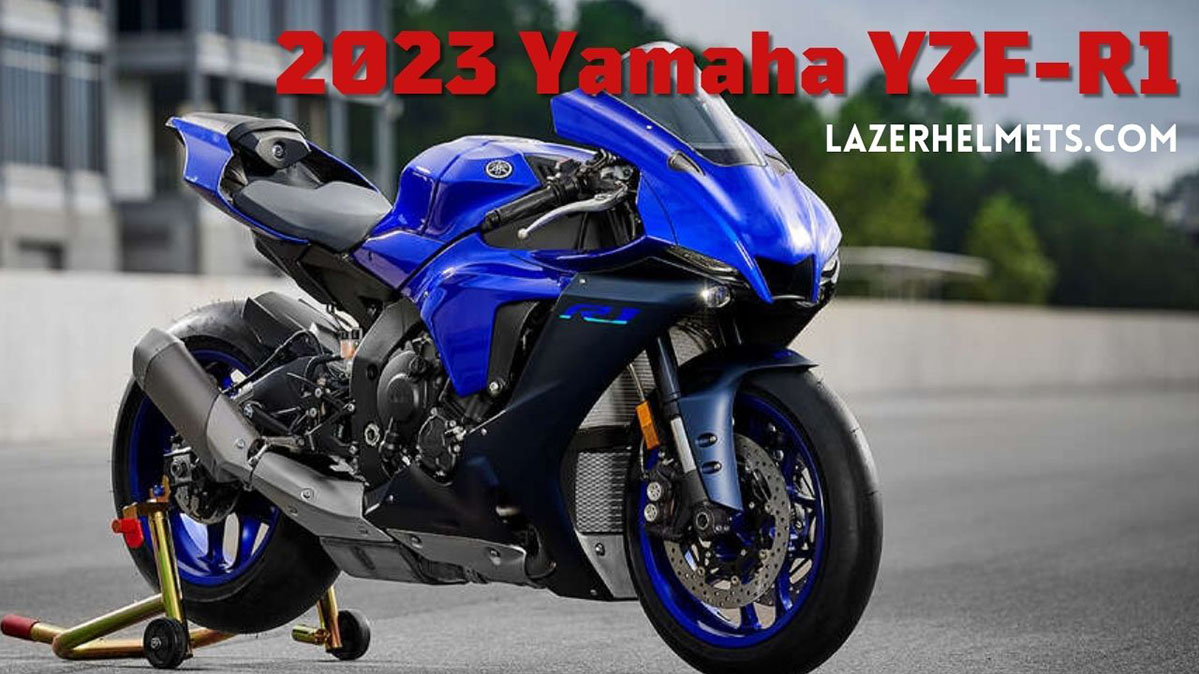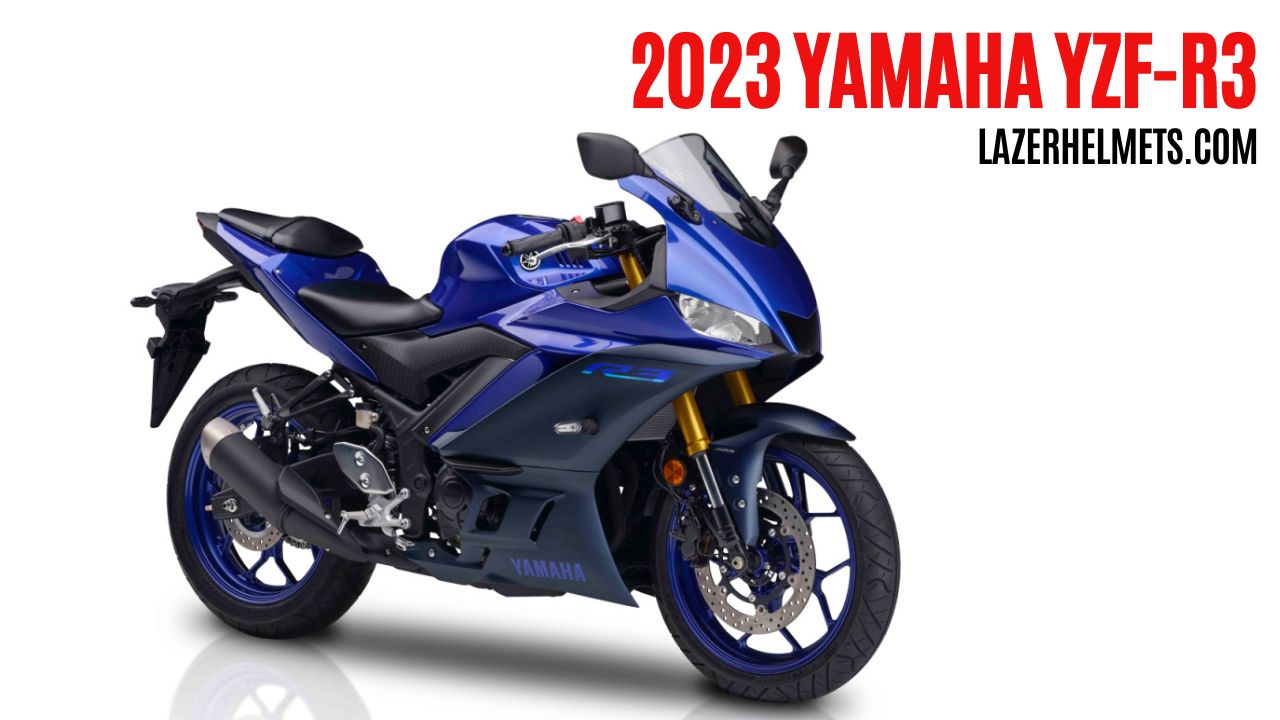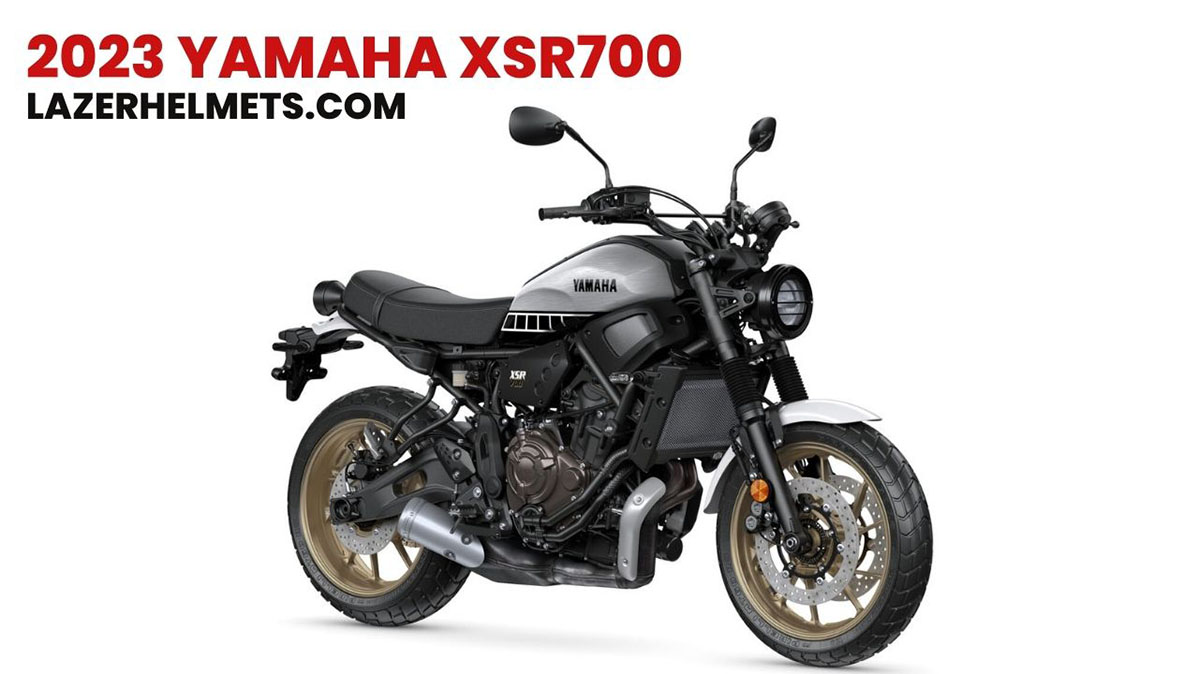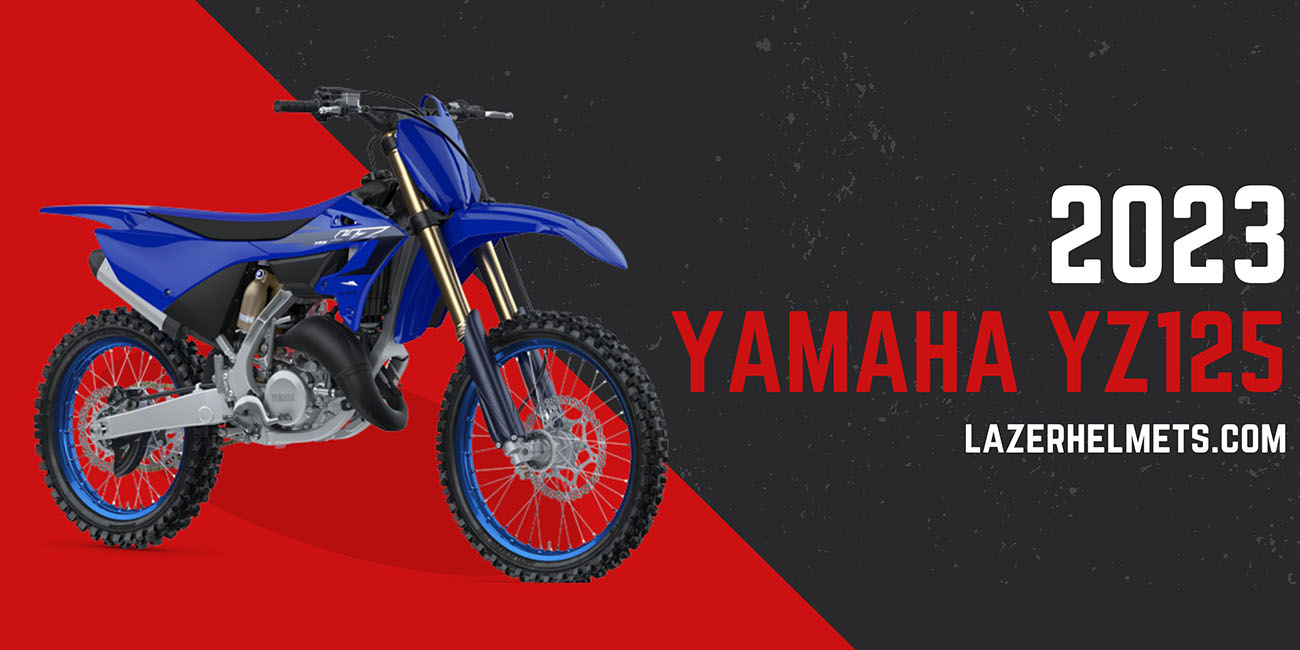In This Article:
The latest Kawasaki Ninja ZX-10R in 2023 is one of the most exciting and highly anticipated motorcycles of the year. This superbike boasts a range of cutting-edge features and aerodynamic performance enhancements that are sure to impress even the most discerning riders.
One of the most significant new features is the addition of Kawasaki’s new Electronic Control Suspension (KECS) system. This top-level racing technology uses sensors to monitor the vehicle speed, degree of acceleration, and braking to adjust the compression damping settings on the fly. This results in a smoother, more comfortable ride, better handling, and improved stability, even on bumpy roads.
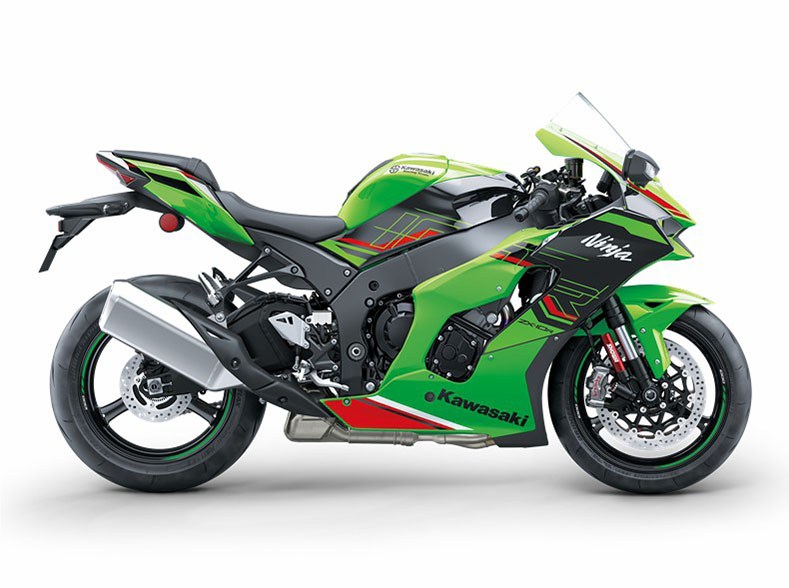
The 2023 ZX-10R version also features a chassis geometry design that is both lighter and more rigid than before. The frame is constructed using lightweight materials, which reduces the vehicle’s overall weight and improves its handling characteristics. The bike’s aerodynamic bodywork has also been revised, allowing it to slice through the air with minimal drag.
Of course, no discussion of the 2023 Ninja ZX-10R would be complete without mentioning its stunning and aggressive styling. The bike features sharp lines and angles, along with a distinctive LED headlight that gives it a unique look on the road. The bike’s color option is bold and eye-catching, with a mix of green, black, and white accents that make it stand out from the crowd.
In terms of retail price, the Ninja ZX-10R generation can be considered a premium option with a starting price of $17,399 on Kawasaki website. This sales price is for the base model of the bike, which comes with a wide range of advanced features and next-level technology. There are also higher trim levels available, such as the ZX-10RR and the ZX-10R SE, which offer additional features and performance capabilities.
2023 Kawasaki Ninja ZX-10R Key Specs
- Make: Kawasaki
- Model Year: 2023
- Type: Supper Sport
- Color: Metallic Matte Graphenesteel Gray/Metallic Diablo Black
- MSRP Price: $17,399
- Warranty: 12 Months
- Warranty Plus: 12, 24, 36 or 48 months
- Engine: 998cc, 4-stroke
- Power: 203 HP
- Mileage: 28.23 mpg (12 km/l)
- Transmission: 6-speed
- Fuel Tank Capacity: 4.5 gal (17 kg)
- Seat Height: 32.9 in. (835.7 mm)
- Curb Weight: 452.0 lb. (205 mm)
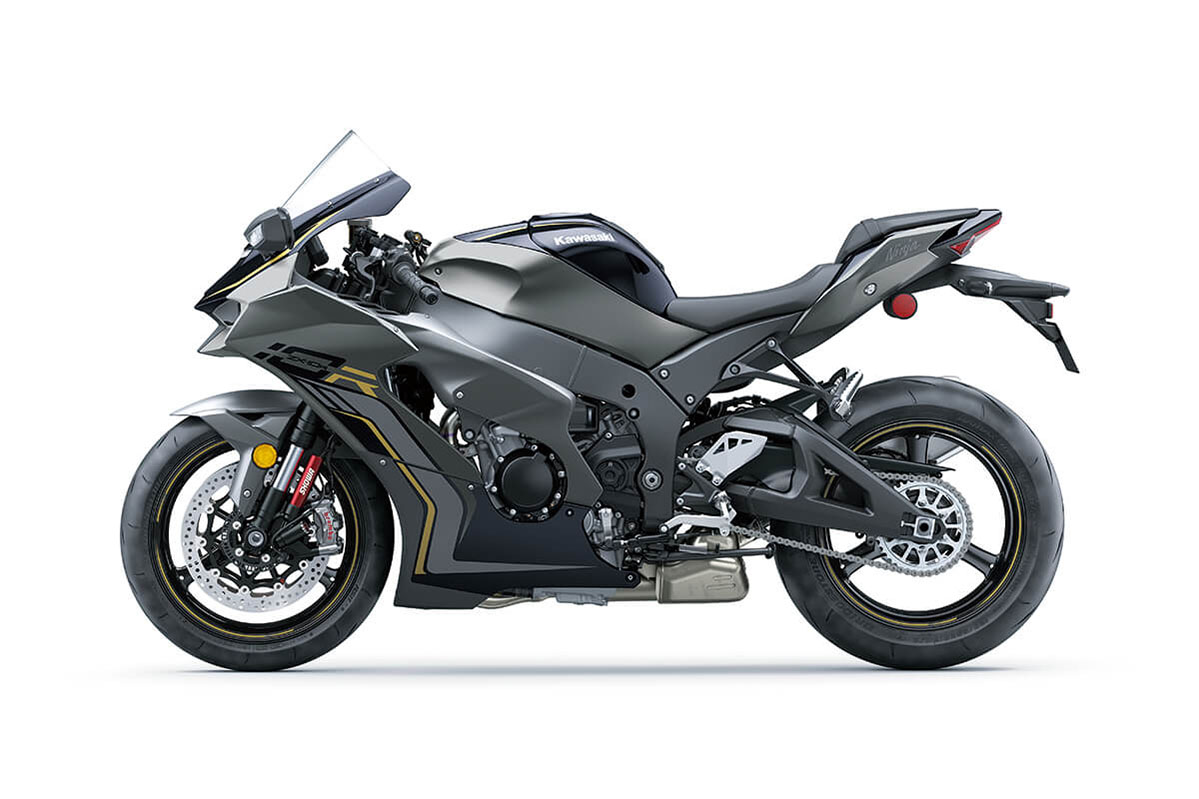
2023 Kawasaki Ninja ZX-10R Specifications
Engine
| Engine | 998cc, 4-stroke, In-Line Four, DOHC, 16-valve, liquid-cooled |
| Power | 203 horsepower |
| Torque | 84.8 lb-ft (115 Nm) |
| Bore x Stroke | 76.0 x 55.0mm |
| Compression Ratio | 13.0:1 |
| Fuel System | DFI® w/47mm Mikuni throttle bodies (4) with oval sub-throttles, two injectors per cylinder |
| Ignition | TCBI with digital advance and Sport-Kawasaki Traction Control (S-KTRC) |
Drivetrain
| Transmission | 6-speed, return shift |
| Final Drive | Sealed chain |
Chassis
| Frame Type | Aluminum perimeter |
| Front Suspension | 43mm inverted Balance Free Fork, adjustable stepless rebound and compression damping, spring preload adjustability/4.7 in |
| Rear Suspension | Horizontal back-link with Balance Free gas-charged shock, stepless, dual-range (low-/high-speed) compression damping, stepless rebound damping, fully adjustable spring preload/4.5 in |
| Front Brakes | Brembo® dual semi-floating 330mm discs with dual radial-mounted monobloc 4-piston calipers |
| Rear Brakes | Single 220mm disc with aluminum single-piston caliper |
| Front Tires | 120/70 ZR17 |
| Rear Tires | 190/55 ZR17 |
Dimensions
| Rake/Trail | 25.0°/4.1 in |
| Overall Length | 82.1 in. (2085 mm) |
| Overall Width | 29.5 in. (749 mm) |
| Overall Height | 46.7 in. (1186 mm) |
| Ground Clearance | 5.3 in. (134.6 mm) |
| Seat Height | 32.9 in. (835.7 mm) |
| Wheelbase | 57.1 in. (1450 mm) |
| Curb Weight | 452.0 lb. (205 mm) |
| Fuel Capacity | 4.5 gal (17 kg) |
Competitors
| Model | Price | Engine | Top Speed |
|---|---|---|---|
| 2023 BMW S 1000 RR | $17,895 | 999cc | 186 mph |
| 2023 Yamaha YZF-R1 | $17,599 | 998cc | 168 mph |
| 2023 Honda CBR1000RR | $16,499 | 999cc | 186 mph |
2023 Kawasaki Ninja ZX-10R Features
Smartphone Connectivity
Clever technology enables riders to connect to their motorcycle wirelessly. Using the smartphone application “RIDEOLOGY THE APP,” a number of instrument functions can be accessed, contributing to an enhanced motorcycling experience. Vehicle information (such as the odometer, fuel gauge, maintenance schedule, etc) can be viewed on the smartphone.
Riding logs (varies by model, but may include GPS route, gear position, rpm, and other information) can be viewed on the smartphone. When connected, telephone (call, mail) notices are displayed on the instrument panel. Riders can also make changes to their motorcycle’s instrument display settings (preferred units, clock and date setting, etc) via the smartphone. And on certain models, it is even possible to check and adjust vehicle settings (such as Rider Mode, electronic rider support features, and payload settings) using the smartphone.
Electronic Cruise Control
Electronic Cruise Control allows a desired speed (engine rpm) to be maintained with the simple press of a button. Once activated, the rider does not have to constantly apply the throttle. This reduces stress on the right hand when traveling long distances, enabling relaxed cruising and contributing to a high level of riding comfort.
KQS (Kawasaki Quick Shifter)
Designed to help riders maximize their acceleration on the track by enabling clutchless upshifts with the throttle fully open, KQS detects that the shift lever has been actuated and sends a signal to the ECU to cut ignition so that the next gear can be engaged without having to use the clutch. On models that offer clutchless downshifts, during deceleration the system automatically controls engine speed so that the next lower gear can be selected without operating the clutch.
S-KTRC (Sport-Kawasaki Traction Control)
S-KTRC, Kawasaki’s original predictive traction control, uses the same base technology as Kawasaki works machines. Designed to maximize acceleration, it allows riding at the edge of traction on the track. This technology continually controls the rear wheel slip that occurs when power is applied, ensuring optimal acceleration. In general, maximum forward drive requires a certain amount of slip. To ensure the most effective transfer of power to the tarmac, S-KTRC monitors the slip ratio in real time, and governs engine power delivery to optimize rear wheel traction.
S-KTRC monitors a number of parameters, including front and rear wheel speed (slip), engine rpm, throttle position and acceleration. Conditions are confirmed every five milliseconds, at which time the system looks at each of the parameters as well has how much they are changing (i.e. their rate of change). This unique Kawasaki method makes it possible to make interpolations and precisely calibrate engine output to suit traction conditions. By acting before slippage exceeds the limits of traction, drops in power can be minimized, resulting in ultra-smooth operation.
Power Modes
Models equipped with multiple Power Modes offer riders an easily selectable choice of engine power delivery to suit riding conditions or preference. In addition to Full Power mode, one (Low) or two (Middle, Low) alternate mode(s) in which maximum power is limited and throttle response is milder are provided.
KCMF (Kawasaki Cornering Management Function)
Using the latest evolution of Kawasaki’s advanced modeling software and feedback from a compact IMU (Inertial Measurement Unit) that gives an even clearer real-time picture of chassis orientation, KCMF monitors engine and chassis parameters throughout the corner – from entry, through the apex, to corner exit – modulating brake force and engine power to facilitate smooth transition from acceleration to braking and back again, and to assist riders in tracing their intended line through the corner. The systems that KCMF oversees vary by model, but may include:
- S-KTRC/KTRC (including traction management and wheel lift management)
- KLCM (including traction management and wheel lift management)
– Designed to optimize acceleration from a stop - KIBS (including pitching management and corner braking management)
- Kawasaki Engine Brake Control
Kawasaki Engine Brake Control
The Kawasaki Engine Brake Control system allows riders to select the amount of engine braking they prefer. When the system is activated, the engine braking effect is reduced, providing less interference when riding on the track.
Electronic Throttle Valves
Kawasaki’s fully electronic throttle actuation system enables the ECU to control the volume of both the fuel (via fuel injectors) and the air (via throttle valves) delivered to the engine. Ideal fuel injection and throttle valve position results in smooth, natural engine response and the ideal engine output. The system also makes a significant contribution to reduced emissions.
Electronic throttle valves also enable more precise control of electronic engine management systems like S-KTRC and KTRC, and allow the implementation of electronic systems like KLCM, Kawasaki Engine Brake Control, and Electronic Cruise Control.
Economical Riding Indicator
Using high-precision electronic control for engine management, Kawasaki models can achieve a high level of fuel efficiency. However, fuel consumption is greatly affected by throttle use, gear selection, and other elements under the rider’s control. The Economical Riding Indicator is a function that indicates when current riding conditions are consuming a low amount of fuel. The system continuously monitors fuel consumption, regardless of vehicle speed, engine speed, throttle position and other riding conditions. When fuel consumption is low for a given speed (i.e. fuel efficiency is high), an “ECO” mark appears on the instrument panel’s LCD screen. By riding so that the “ECO” mark remains on, fuel consumption can be reduced.
ABS (Anti-lock Brake System)
Kawasaki ABS systems use front and rear wheel sensors to constantly monitor wheel speed. Should information from either of the sensors indicate that wheel lock has occurred, the ABS ECU directs the pump in the ABS unit to modulate brake fluid pressure (releasing and reapplying pressure so that traction can be regained) until normal operation resumes. ABS offers rider reassurance that contributes to greater riding enjoyment.
Horizontal Back-link Rear Suspension
Compared to the Kawasaki traditional Uni-Trak® rear suspension, which mounts the shock unit vertically, with Horizontal Back-link Rear Suspension, the shock unit is almost horizontal. The original Kawasaki suspension arrangement locates the shock unit very close to the bike’s center of gravity, greatly contributing to mass centralization.
And because there is no linkage or shock unit protruding beneath the swingarm, this frees up space for a larger exhaust pre-chamber (an exhaust expansion chamber situated just upstream of the silencer). With a larger pre-chamber, silencer volume can be reduced, and heavy exhaust components can be concentrated closer to the center of the bike, further contributing to mass centralization. The result is greatly improved handling.
IMU-Enhanced Chassis Orientation Awareness
The strength of Kawasaki’s cutting-edge electronics has always been the highly sophisticated programming that, using minimal hardware, gives the ECU an accurate real-time picture of what the chassis is doing. Kawasaki’s proprietary dynamic modeling program makes skillful use of the magic formula tire model as it examines changes in multiple parameters, enabling it to take into account changing road and tire conditions.
The addition of an IMU (Inertial Measurement Unit) enables inertia along 6 DOF (degrees of freedom) to be monitored. Acceleration along longitudinal, transverse and vertical axes, plus roll rate and pitch rate are measured. The yaw rate is calculated by the ECU using Kawasaki original software. This additional feedback contributes to an even clearer real-time picture of chassis orientation, enabling even more precise management for control at the limit.
With the addition of the IMU and the latest evolution of Kawasaki’s advanced modeling software, Kawasaki’s electronic engine and chassis management technology takes the step to the next level – changing from setting-type and reaction-type systems to feedback-type systems – to deliver even greater levels of riding excitement.
KIBS (Kawasaki Intelligent anti-lock Brake System)
Kawasaki developed KIBS to take into account the particular handling characteristics of supersport motorcycles, ensuring highly efficient braking with minimal intrusion during sport riding. It is the first mass-production brake system to link the ABS ECU (Electronic Control Unit) and engine ECU.
In addition to front and rear wheel speed, KIBS monitors front brake caliper hydraulic pressure, throttle position, engine speed, clutch actuation and gear position. This diverse information is analyzed to determine the ideal front brake hydraulic pressure. Through precise control, hydraulic pressure is modulated in much smaller increments than with standard ABS systems. The system limits rear wheel lift under heavy braking and takes downshifting into account while braking, allowing the rider to manage the rear brake. And because of the finer control, kickback to the brake lever is minimal, resulting in a very natural feeling.
Performance And Handling
This 2023 new version from the well-known Kawasaki manufacturer is a highly anticipated sportbike in the motor world.
Kawasaki Ninja ZX-10R Top Speed
The new Kawasaki Ninja ZX-10R features a redesigned engine that brings extraordinary power and torque. The potent 998cc four-cylinder engine can produce an astounding 203 horsepower and 84.8 lb-ft of torque. It delivers instant power and acceleration, allowing the bike to reach top speeds of nearly 190 MPH quickly and efficiently. Its acceleration is also awe-inspiring, reaching 60 MPH in only 2.91 seconds and 100 MPH in 5.23 seconds.
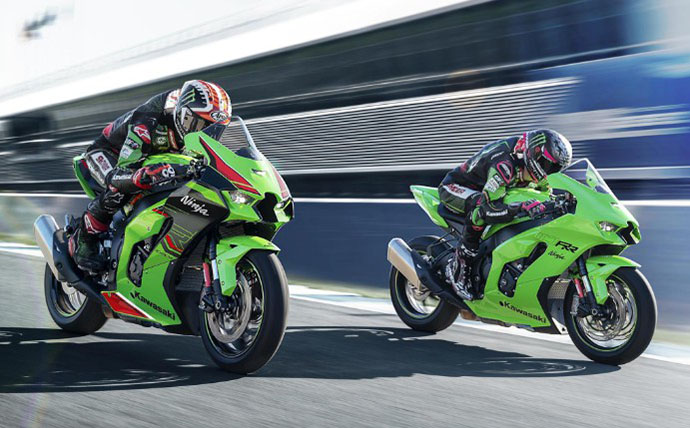
Plus, this displacement 998cc engine features a range of performance-enhancing features, including new camshafts, lightweight pistons, and a revised intake system. These modifications allow it to breathe more freely, improving its high-rpm performance and increasing its power output.
Braking Performance
The braking performance of the 2023 Ninja ZX-10R is nothing short of exceptional. The bike’s front brakes feature dual semi-floating 330mm discs with aluminum monobloc calipers. Meanwhile, the rear brake has a single 220mm petal disc combined with aluminium single-piston caliper. The combination of these high-quality components offers riders the stopping power they need to navigate any track condition confidently.
Moreover, the braking system of the 2023 model is designed to deliver freedom of movement and consistent performance under the most demanding conditions. It is equipped with high-quality brake fluid and brake lines, which are designed to withstand high temperatures and pressure. The brake componentry are made of braided stainless steel, providing maximum durability and resistance to expansion under pressure.
Cornering And Handling Characteristics
The updated track-focused suspension settings on the Ninja ZX-10R is equally impressive, featuring an advanced Showa Balance Free Front Fork and a Showa Rear Balance Free Cushion. These components work together to provide riders with exceptional control and stability when cornering, allowing them to perform confident braking and navigating even the tightest turns.
Other advanced electronic features include an electronic steering damper, Kawasaki Traction Control (KTRC), Kawasaki Engine Braking Control (KEBC), and Kawasaki Intelligent Anti-lock Brake System (KIBS). All these next-level systems work together to bring riders with high-precision control when cornering and handling, allowing them to push the limits of the bike’s performance and unrivaled agility with confidence.
2023 Ninja ZX-10R: A Brief Review
One of the most talked-about aspects of the Kawasaki ZX-10R is its strong engine performance. Many users have commented on the bike’s 998cc smooth engine response and controlled power delivery, describing it as instantaneous and controllable.
Others noted that the engine’s sound is intoxicating and adds to the overall effective sport riding experience. With 203 horsepower at the rider’s disposal, the Ninja ZX-10R supersport is definitely a force to be reckoned with on the road.
Users have also reported that the clutch system on the 2023 Ninja ZX-10R is smooth and easy to operate. It is equipped with next-level electronic technology that helps to improve its levels of performance and durability. The bike features a slipper clutch, which is designed to prevent rear-wheel hop and improve stability during aggressive downshifts.
As with any high-performance sportbike, average fuel consumption can be a concern for riders. Many state that the Ninja ZX-10R has a fuel consumption rate of around 39 miles per gallon, which is in line with other sportbikes in its class. In addition to its consumption rate, users have praised the bike’s fuel injection system, which provides precise and responsive throttle bodies control.
When it comes to the cons, the relatively high product pricing is not the only concern. While the 2023 Ninja ZX-10R is designed primarily for seamless performance, some professional riders have noted that the profile seat design can be uncomfortable during longer rides. And yes, we find the seat is quite firm and lacks the padding and support like in some other sportbikes, which can lead to discomfort or even numbness on longer rides.
2023 Kawasaki Ninja ZX-10R Photos & Videos
Photos
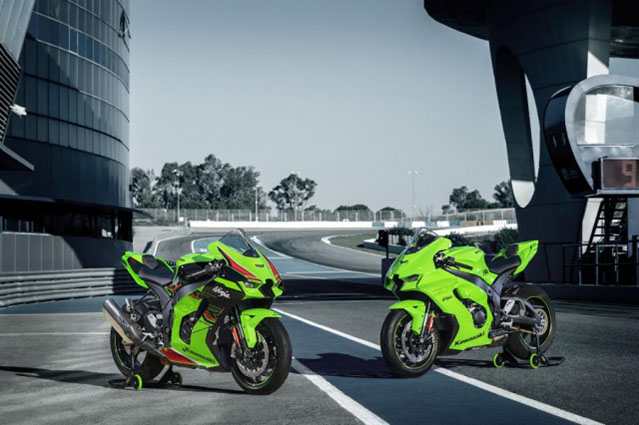
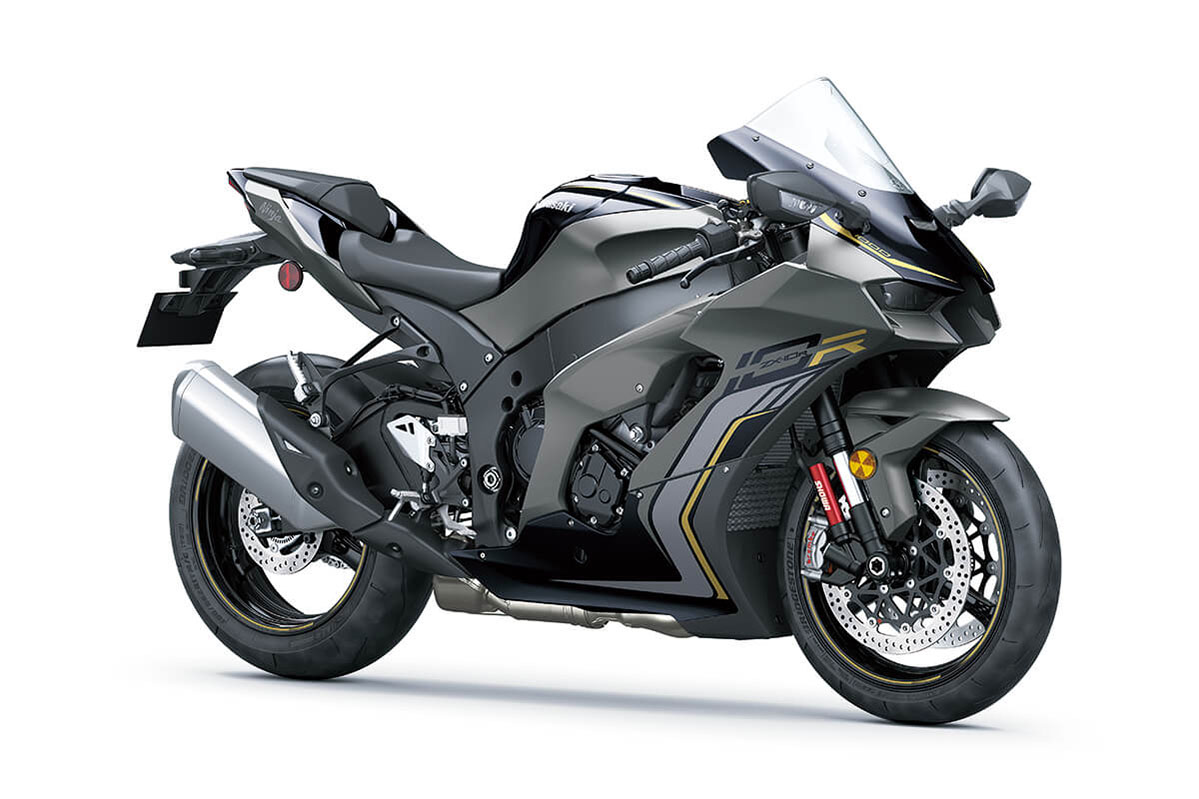
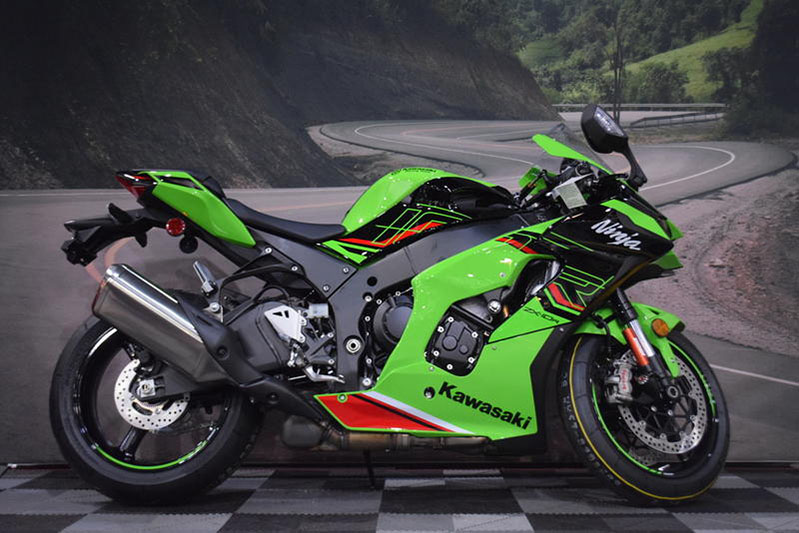
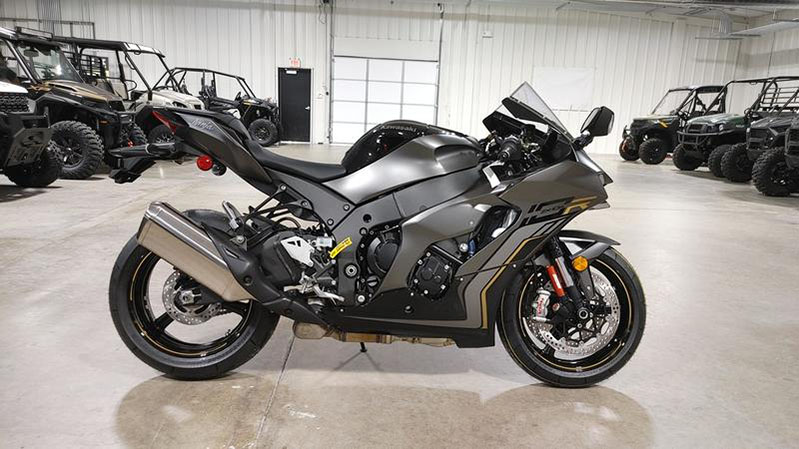
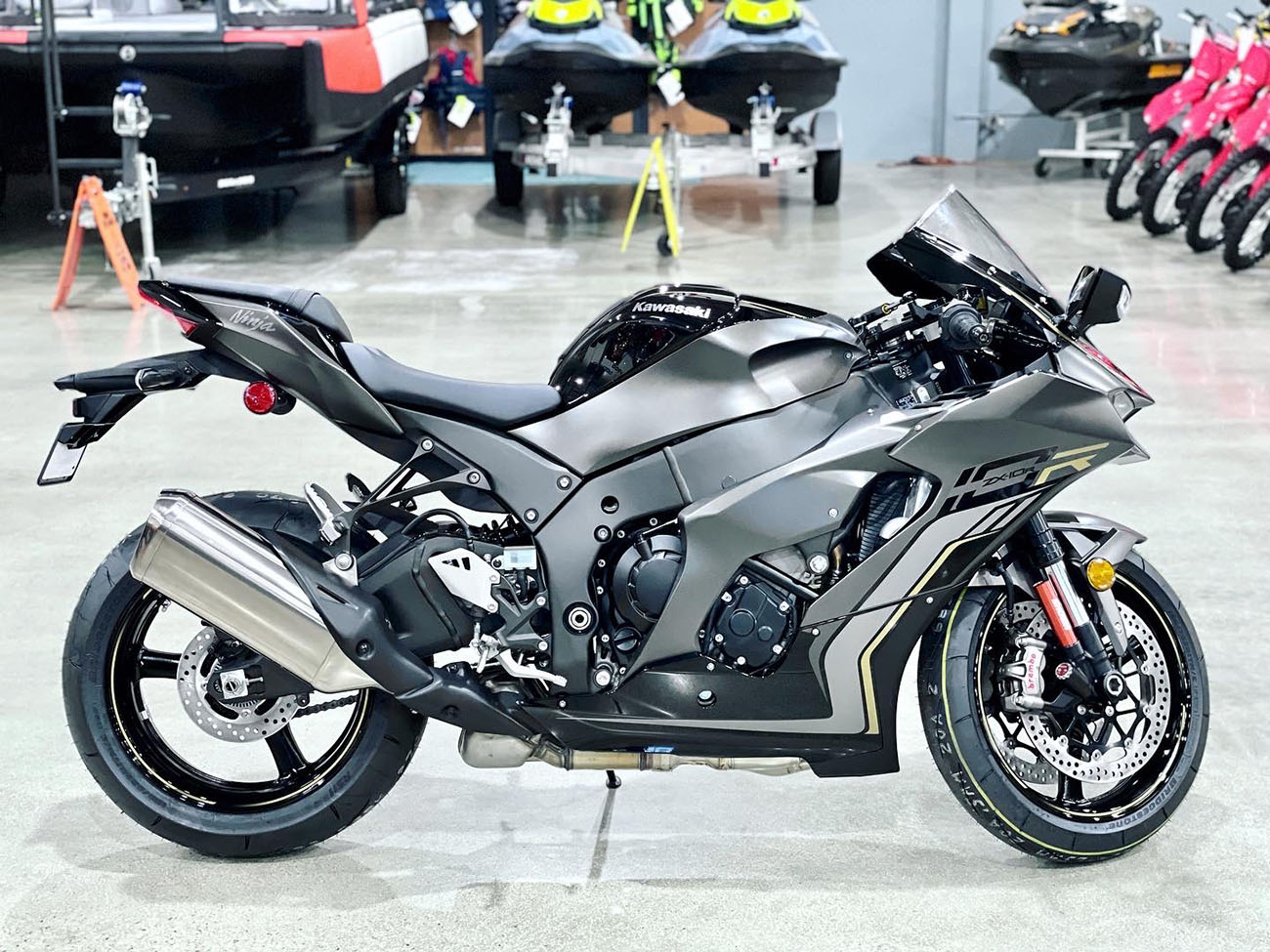
Videos
Reference Sources:
*Disclaimer: The prices mentioned in this article may vary depending on the dealership and location. Additionally, the specifications mentioned, such as horsepower and top speed, may vary from different sources as they are often tested under different conditions.

